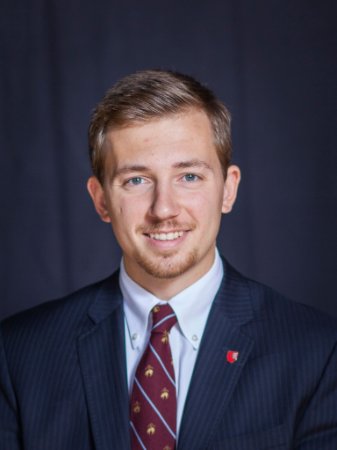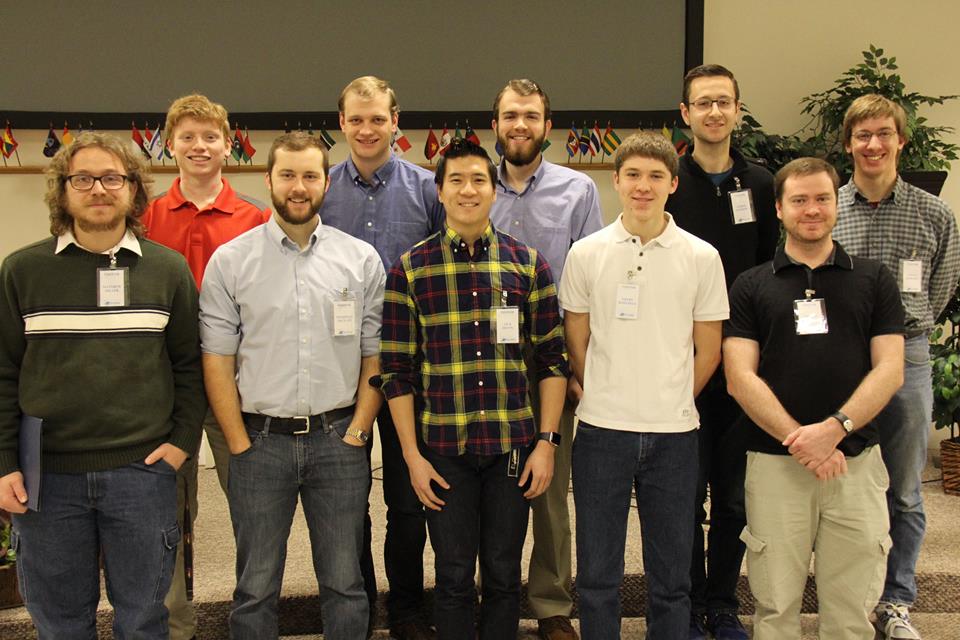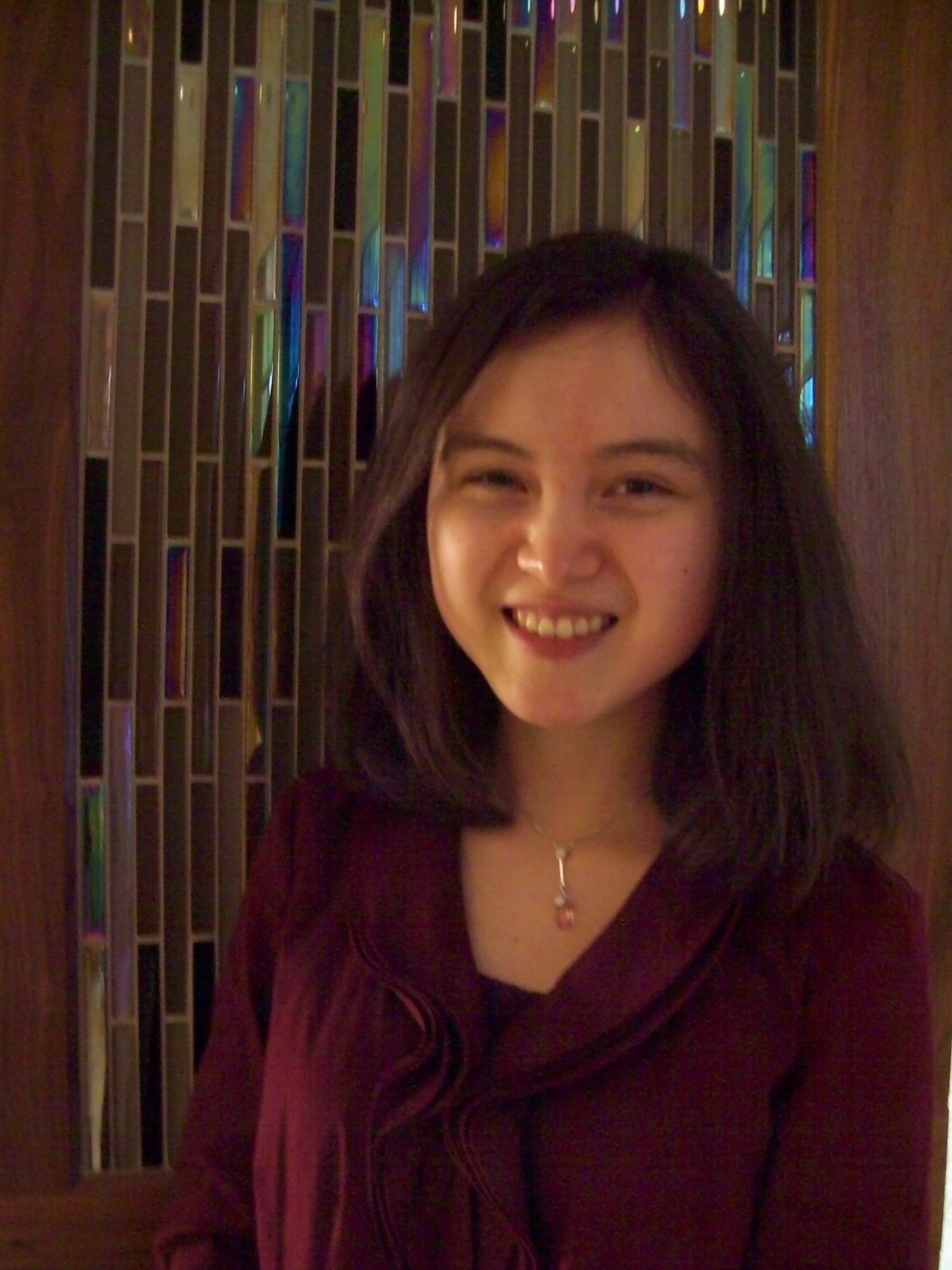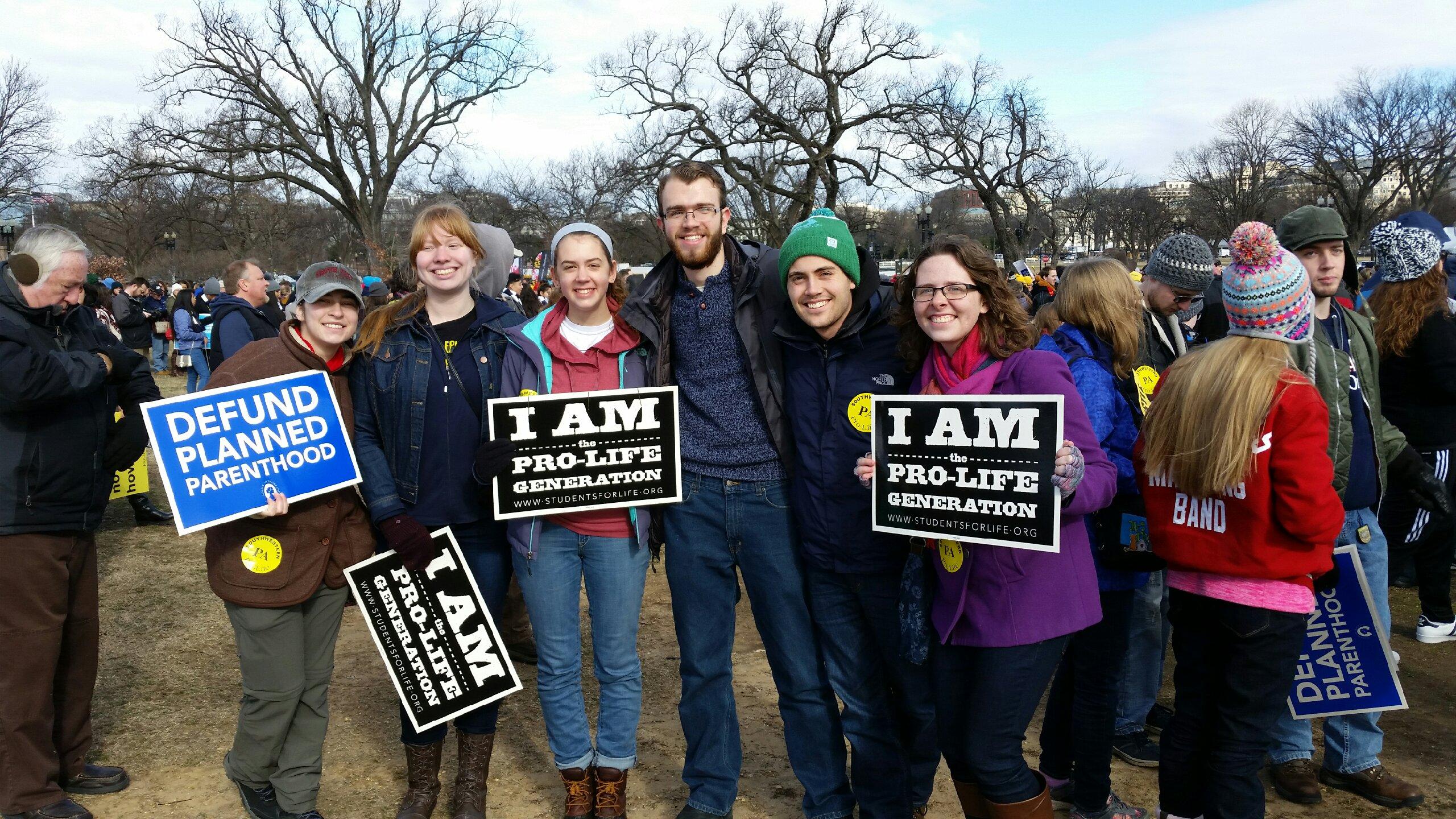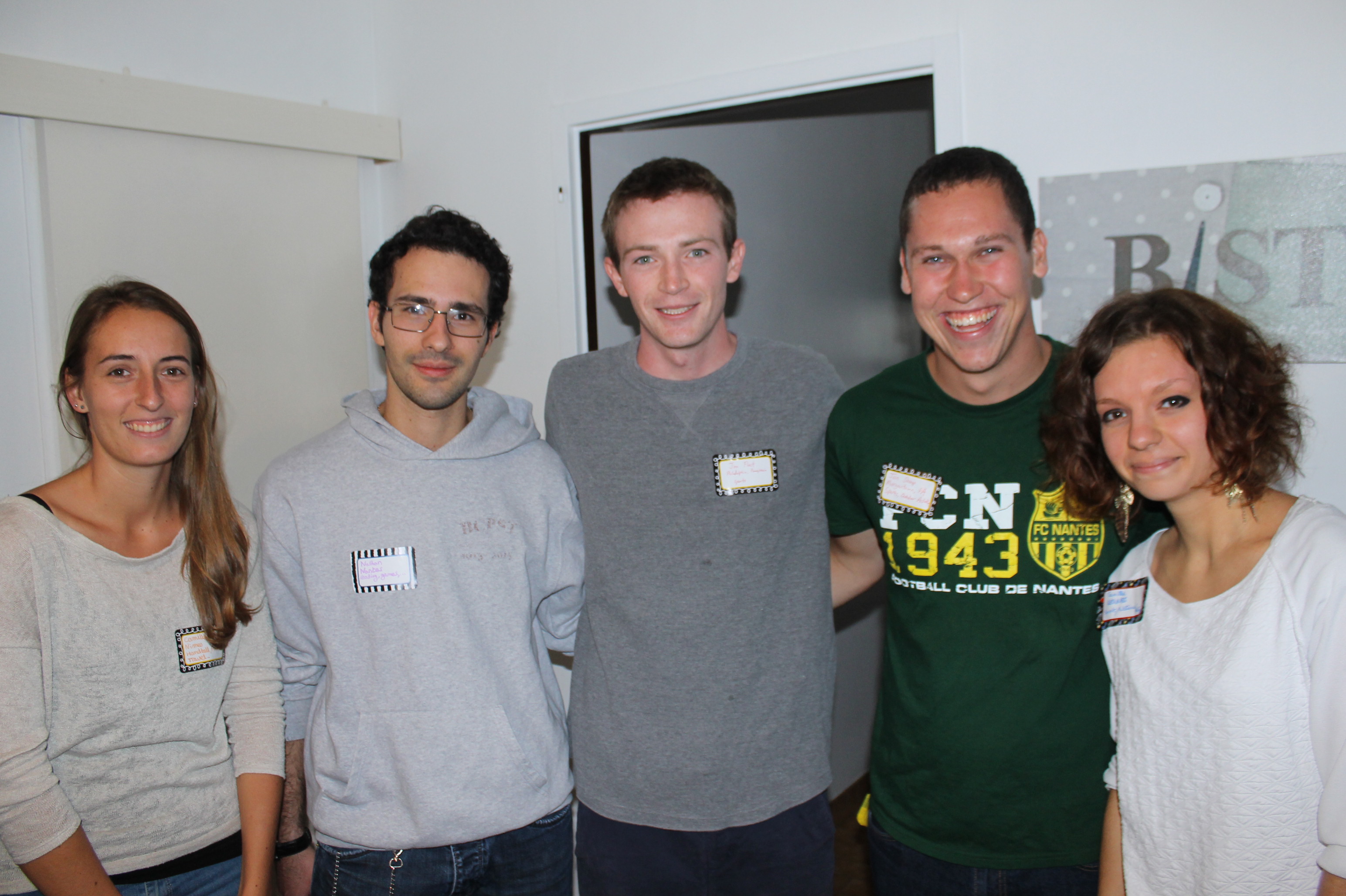Beautiful Tears with Makoto Fujimura
Learning to see and appreciate beauty more has been one of the greatest joys of my time at Grove City. I had Civilization and the Arts with Dr. Drake my sophomore year, and it was an amazing class. We studied many great works of art and music and I learned the discipline of simply looking, of listening, of actively receiving art. I […]
Read more
